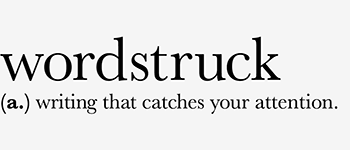It’s the latest advert to cause a buzz in the world of marketing, picked up and posted on YouTube and the subject of much debate and discussion.
First aired in a plum slot on UK TV during the Big Brother final, it depicts a man in a very convincing gorilla suit sitting behind a drumkit and launching into an enthusiastic rendition of the Phil Collins drum solo from In the Air Tonight.
And that’s it. That’s all. No pack shot, no company reference, no strapline, no musical sting, no web address. None of those things that countless textbooks on marketing recommend.
So how do you know what it’s trying to sell? Well there are clues of course. Catch the very start of the ad and you’ll see it’s made by A Glass And A Half Full Productions, and the wall behind the drumming gorilla is a particular shade of purple. I got the association pretty much straightaway, but whether that’s due to the strength of brand association or my over-familiarity with its product – I’ll leave you to decide.
But I wonder how many times “drumming gorilla” was entered as a Google search term before the advert was shown? And how many more afterwards?
Will it sell any more product? Or help restore the feel good factor of a brand that’s taken some knocks? We’ll have to wait and see. But it’s certainly got people talking.
And if you’re still wondering what the heck I’m blathering on about, see for yourself.
